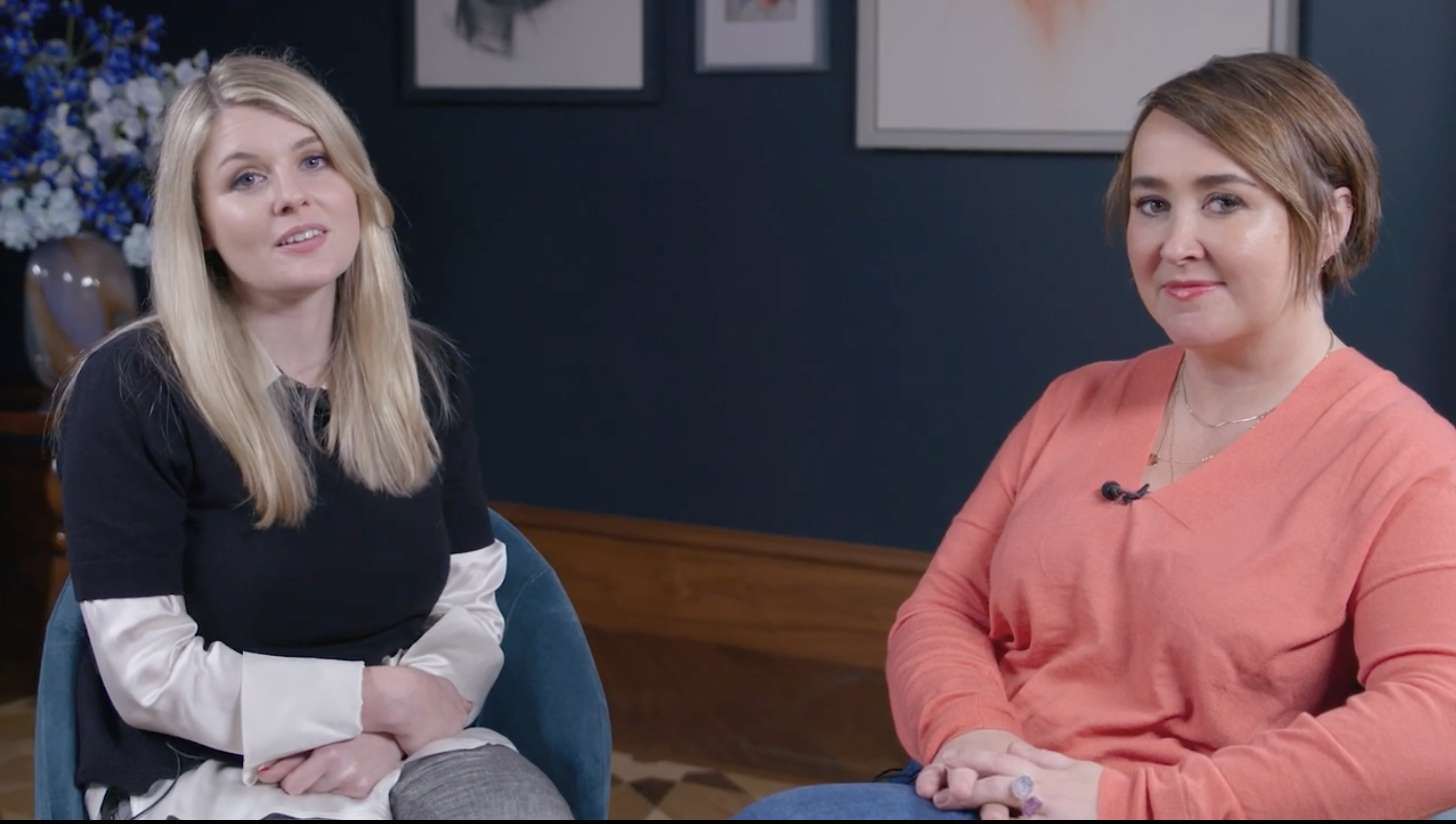
The Ford Foundation is giving a $100,000 grant to the Burns Halperin Report, which is currently working on its fourth edition, set for publication in 2025. It will examine U.S. museum collections and auction sales to track the representation of Latinx artists in both institutions and the art market.
The report is the brainchild of independent journalists Charlotte Burns, founder of Studio Burns, and Julia Halperin, the former executive editor of Artnet News. The two will be using much of the new funding to hire a data fellow with expertise in Latinx art to work with them on the project.
Born over cocktails back in 2017, the report looks to track equity and representation in the art world. At the time, there had been a spate of headlines about the progress enjoyed by African American artists. Burns and Halperin wanted to see if the data backed up this popular, uplifting narrative. Spoiler alert: It didn’t.
“Part of the reason that museums were so willing to participate in the first one is because they had in some ways the same misapprehension that we did, which is that we were all moving in an uphill direction,” Halperin told me. “We were surprised by how little progress, in fact, we could trace.”
Artnet News published the first report, on Black American artists, in 2018. The second report, focusing on women artists, was perhaps even more disheartening.
The duo was convinced that there would be way more acquisitions data for women, given that they represent 50 percent of the population.
“We thought it was going to be so much bigger than Black American artists, like how are we even going handle this influx of data?” Halperin recalled, adding that they initially worried that they might need a more robust spreadsheet program. “And then it turned out that Google Sheets was fine, because there really weren’t that many acquisitions at all.”
The original plan was to tackle Latinx artists for the report’s third edition. But the scope of the project quickly became overwhelming. They realized that there was very little consensus, even, on what the term Latinx meant.
Graphic by Nehema Kariuki. Courtesy of the Burns Halperin Report 2022.
Instead, Burns and Halperin decided to focus on a follow up to the first two editions, bringing the data for both women and Black American artists up to date through 2020. What they found was that works by women and Black American artists were just 11 percent and 2.2 percent of U.S. museum acquisitions, respectively, compared to 50 percent and 13.6 percent of the population.
The Burns Halperin Report database, which the duo eventually hope to make publicly available, includes close to 350,000 acquisitions and 6,000 exhibitions from 31 U.S. museums between 2008 and 2020.
“We just really had no idea what we would getting ourselves into, to be honest,” Burns said. “It’s definitely grown beyond anything we imagined.”
That growth also included the formation of an advisory committee to help them start work on the Latinx art report. The first order of business was arriving at a definition of the term—after much discussion, it was agreed that the report should focus on artists of Latin American descent who live and work in the U.S., and have work informed by that lived experience.
After the dispiriting findings of the previous reports, Burns and Halperin are bracing themselves for more bad news.
“The size of the Latinx population in the United States is around 20 percent,” Halperin said. “I think we might see one of the biggest differentials between population size and representation in collections.”
The report’s advisors, who include artist Elia Alba, Deborah Cullen-Morales of the Mellon Foundation, and curator Marcela Guerrero of New York’s Whitney Museum of American Art, will also help Burns and Halperin find contributors to the upcoming report, as well as possible partners on the project.
To that end, committee member Rocío Aranda-Alvarado of the Ford Foundation has already been instrumental, championing the report to the organization and helping secure the grant funding.
“We’ve done this on such a shoestring for so long. So, to actually have resources at our disposal, so we can now hire someone and work with them to build something substantial feels like such a gift,” Burns said. “It’s such faith in what we’ve been building.”